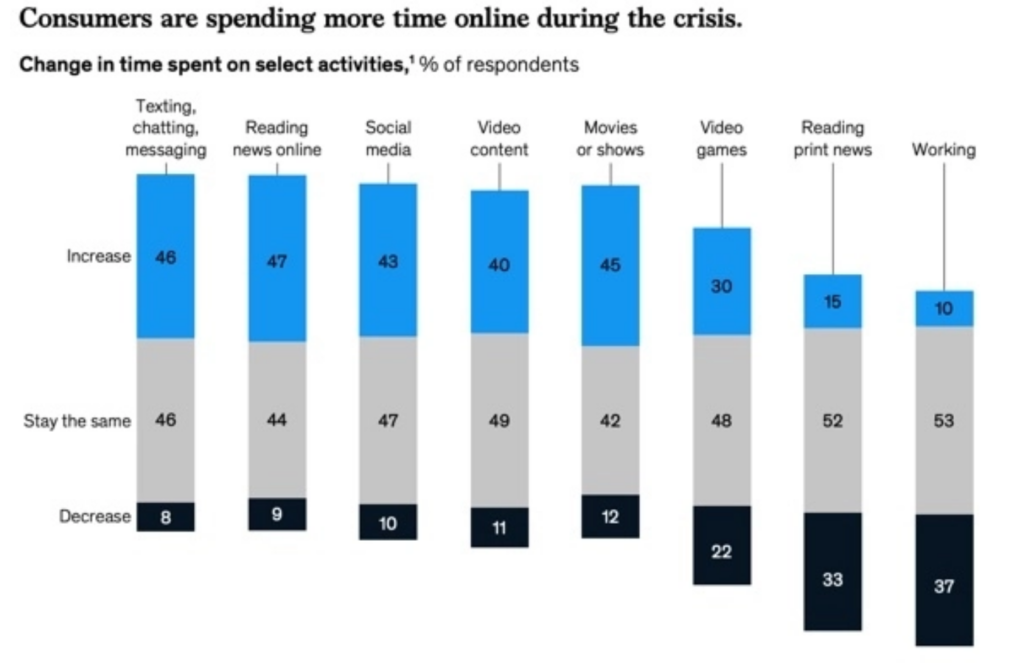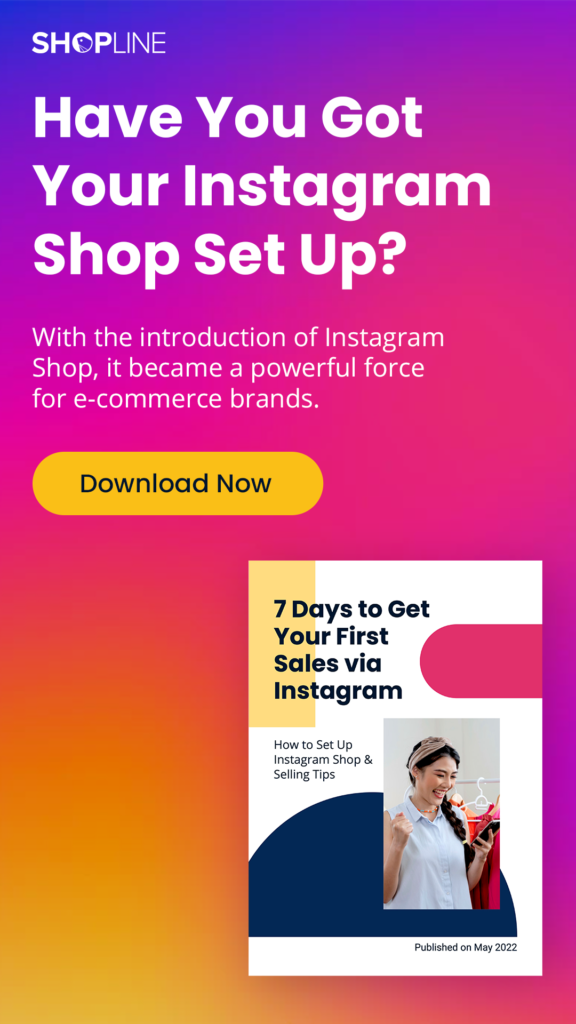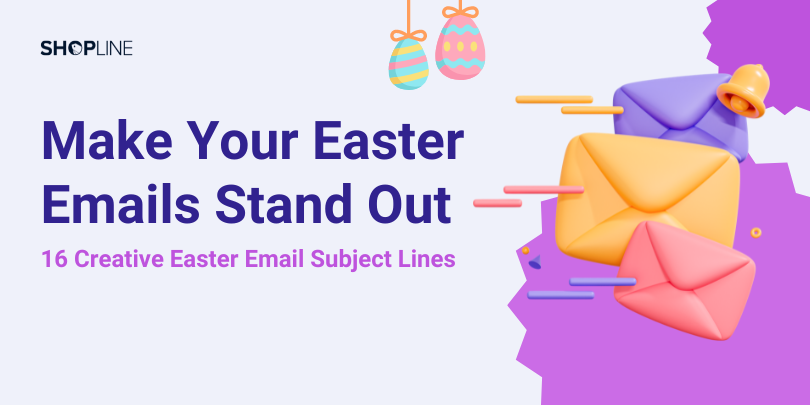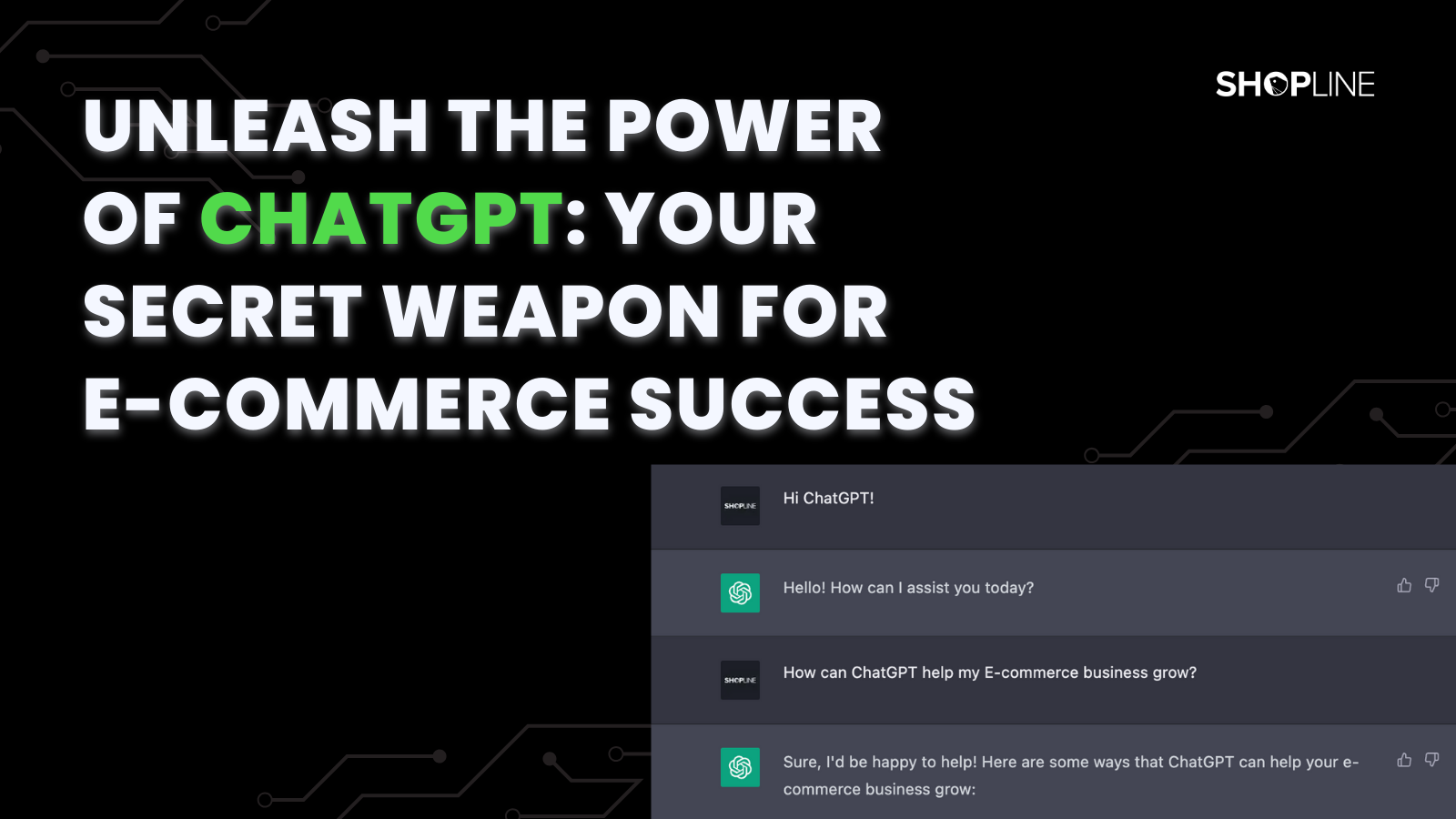Change is a key part of the fashion industry’s identity, occurring in almost every seasonal fashion year on year. With more change occurring than that in a fashion retailer’s fitting rooms, we decided to get ahead and compile the 6 fashion e-commerce trends that are worth styling your e-commerce store around in 2022.
1. Fashion E-commerce Continues To Grow
Fashion is a fast-growing industry with new e-commerce trends being introduced every year or even within a quarter.
Sales of apparel, footwear, and accessories catapulted in 2021, hitting $180.5 billion in the US alone. That’s tipped to grow by 13% this year, with consumers set to spend $204.9 billion on fashion items online. Apparel is the largest category in fashion e-commerce with projected revenue of $684 billion by 2025.
In such a booming industry, you’re bound to also find booming competition. Your brand needs to really establish a strong identity to stand out in a saturated market.
-
The fashion industry has become more competitive
Fashion businesses are growing across sectors — from local to global brands and from retailers to wholesalers. Not to mention the rise in second-hand thrifting stores that have become more popular with sustainability- and price-minded shoppers. As there are more players in the fashion industry, customers now have more options to choose from.
Such diverse business models have made the fashion industry more competitive. Without a doubt, innovation is needed to thrive in this fast-changing industry.
-
There has been a shift to online
When it comes to e-commerce in 2022, the fashion industry is a large B2C market segment. After the COVID-19 pandemic, many people are now avoiding shopping in-store and moving to e-commerce platforms. Scrolling through catalogs, choosing items and checking out online has become a new routine.
ashion brands are now finding ways to create an omnichannel shopping journey to gain customers on both online and offline platforms.
2. Personalized shopping experiences
Buyers of all sorts – including B2C and B2B – are looking for personalized, custom shopping experiences online. The data collected from customer behavior is what makes it possible for a buyer to get personalized product recommendations and detailed customer service.
Implementing personalized experiences on-site or in marketing efforts has been shown to have a strong effect on revenue, with one study finding it had a 25% revenue lift for retailers scaling advanced personalization capabilities.
For further context, this accounted for 19% of participating companies while retailers that were “building basic personalization capabilities” achieved “a revenue lift of 10% or more; the retailers in this tier account for 40% of the participating companies.
-
Give personalized recommendations
More and more fashion e-commerce sites are harnessing their ability to customize experiences and give shoppers what they want in the shortest amount of time. As 43% of purchases are made as a result of personalized recommendations, it’s evident that shoppers are actively seeking online experiences that mimic — or even exceed — that in-store.
Using personalized recommendations, retailers can provide personalized product recommendations based on a customer’s cart, previous purchases, and situational targeting.
With the smart recommendation settings, SHOPLINE store will automatically generate recommended products based on the following 2 information:
-
- Customer’s order records (past shopping behavior): Showing the products bought by customers when buying this product.
- Product name; product description; product category: Other products that are most relevant to this product.
-
Chatbots improve the shopping experience
Chatbots interact with online shoppers much like an in-store sales associate would do. Today’s shopper wants to be able to find and buy a product in just a few clicks, and if they can’t, they get frustrated. This is where a chatbot can step in and save the sale.
With SHOPLINE chatbot, you can easily integrate with your store products, so you can quickly share them in direct messages, customers only need to reply to simple keywords to be able to browse through product categories or place orders directly in direct messages. This will ultimately result in a higher open rate than any other direct marketing channels like SMS or email marketing.
You can set up Messenger Menu, and sync relevant keywords to the actions accordingly so that your customers can browse and place orders easily by entering keywords. E.g. set the keyword “view now” to load the latest fashion collections or the bestseller list.
You can also do that via Chatbot decision tree and script to lead customers through the conversion funnel. E.g. when an order is shipped, notify the customer via Facebook message.
3. More brands are taking an omnichannel selling approach
Whether they’re staying at home, eager to shop in-store or a mix of both, customers crave a holistic, engaging experience across all channels, both online and offline.
You may already be familiar with the term “multichannel commerce,” which is a retail strategy for a brand that exists across multiple channels, whether they be a brick-and-mortar store, social media page, online website or apps. However, these channels may or may not hold a consistent customer experience across all consumer touchpoints.
Thus, omnichannel commerce takes the multichannel strategy to the next level by connecting all channels to create a seamless customer experience, which could result in a 33% increase in revenue.

With consumers spending more time online during the pandemic and less time in-store, fashion retailers must learn how to engage customers across a variety of channels.
One significant way that ecommerce fashion brands are embracing omnichannel is through social commerce. Particularly within the past year, tools such as Instagram Shoppable Posts, Instagram Checkout, Facebook Shop, Pinterest for Business and marketplaces like Amazon, eBay and Google have given fashion retailers the ability to reach customers across a variety of platforms.
-
Social media
One significant way that e-commerce fashion brands are embracing omnichannel is through social commerce. Particularly within the past year, tools such as Instagram Shoppable Posts, Instagram Checkout, Facebook Shop, Pinterest for Business and marketplaces like Amazon, eBay and Google have given fashion retailers the ability to reach customers across a variety of platforms.
-
Branded Google Ads to capture demand
Since many online shoppers go to search engines first before making a purchase, it’s key for online fashion retailers to implement strong Google Search Ads & Google Shopping practices that will improve their website’s visibility & brand.
Since 2017, SHOPLINE has become Google’s Premier Partner. This enables our merchants to easily create and link Google Ads account with Google Merchant Center (GMC):
- Show product listings on Google & place on Google Shopping ads
- Even if you are not familiar with ads, you can use SHOPLINE’s Smart Ads system, and automatically monitor Google Ads & Google Shopping performance.
- Optimize the ad budget by turning off low-performance ads, and focus on high-performing ones.
- AI also adjusts your ads budget based on big data analysis.
- When a product is out of stock, you can choose to automatically turn off the ads to stop spending budget.
-
Email and SMS to directly approach your customers
Nowadays, email marketing & SMS are not just a rarity, but a norm. And customers don’t just want to be contacted via these channels – they expect them.
That said, an effective email & SMS marketing strategy for your fashion brand will help you stay on top of your competition. You will be able to target the right people and nurture them into loyal customers who will support your brand throughout their customer journey.
4. Social selling broadens e-commerce beyond the storefront
Social media plays an integral role in the e-commerce marketing strategy of many online fashion brands. That’s hardly surprising—our smartphone addiction is out of control. The typical social media user now spends about 15% of their waking life glued to an online networking app.
Many social media platforms are evolving their business models to facilitate in-app shopping, helping online retailers reach customers actively in the purchasing frame of mind.
-
Facebook shop & Instagram shop integration
Facebook Shop is an online storefront for marketing and selling physical and digital products on Facebook and Instagram. It’s connected to your Facebook page and/or Instagram business account, allowing your followers to browse and buy seamlessly.
Customers can scroll through your shop’s inventory, view individual product specs, and make purchases – often without leaving Facebook or Instagram. With Shops, you can also add shoppable tags to a variety of Instagram and Facebook content including feed posts and livestreams.
Once connected to your Facebook Business Manager, you can set up and customize your shop and upload your product catalog. Via SHOPLINE, your catalogs are automatically synced and updated.
As a result, you can effortlessly showcase your products on two social media platforms, direct shop posts, or link to your shop for direct checkout. Not only that, you can also utilize the product catalog to easily set up carousell ads, shopping ads on Facebook and Instagram.
-
Livestreaming
Since covid-19, with epidemic lockdowns, customers are so used to not being able to test and try on clothes at offline stores. This really opens up the opportunity for Livestreaming to be the top-selling channel by a mile.
Understanding the fashion e-commerce trend, SHOPLINE specifically focuses on optimizing the livestreaming & making the selling process as smoothly as possible:
- Supporting platforms: Facebook Live & Instagram Live
- Customers can comment keyword+1 to easily order
- You can manage all the comments and orders in one comment dashboard
- Interact with your audience via livestream events such as lucky draw, Q&A to get them more engaged.
- Send out “product recommendation messages” while you are introducing or demonstrating the new item.
5. Customer experience becomes a driving force in the development
-
Maintain great customer service
Perhaps it goes without saying that customer service is, and always will be, key to success. But attracting and retaining loyal customers requires consistency and hard work, especially in the ecommerce playing field.
With an abundance of online fashion sites to choose from, shoppers can easily switch from one retailer to the next if they aren’t receiving the value they expect.
So, how can you consistently provide quality customer service?
First, it’s important to always be available.
Second, it’s about creating connections and improving relationships with your shoppers. Direct channels like email marketing, SMS, push notification are the most affordable yet effective channels for communicating with customers. These channels allows retailers to resolve customer pain points, collect valuable feedback, notify shoppers about deals and new products and engage customers through personalized content.
-
Tell your brand story
Another way to create a great customer experience is by telling a story via your fashion brand and making it personal. Storytelling can not only bring up emotions but also give meaning to the clothes or accessories you’re selling. If you have any personal motivation or particular mission behind your brand, share it with your customers.
With the help of online platforms and visual elements, stories can be easily told in many different ways. In the long run, storytelling can enhance your relationship with customers and strengthen your brand image.
6. Data collection and analysis become more cohesive and comprehensive
In the coming years, data will only grow in importance to businesses that are hoping to grow e-commerce sales.
Business owners are able to make a lot more strategic business decisions and really delve into the data to see what’s working and what isn’t. Data analysis is going to become a staple requirement for businesses to make any future e-commerce decisions.
With that being said, a platform that can help businesses collect data, analyze and give insightful reports should definitely be a good choice for your business.
SHOPLINE Robust data is an analytic tool that can offer:
- Comprehensive Product and Sales Analysis
- Includes products, customers, orders, marketing, traffic analysis
- Live view dashboard to view real-time business
- Visual Charts in one analytics dashboard
- Quickly understand the sales of your shop in forms of graphs and tables
- Flexible Analysis of Data through Different Periods
- Compare different areas as a reference for future promotion plannings and customer management
Check out SHOPLINE 2.0 – The Latest Upgrade in Omnichannel Retail
Key takeaways
- Fashion E-commerce Continues To Grow
- Personalized shopping experiences
- More brands are taking an omnichannel selling approach
- Social selling broadens e-commerce beyond the storefront
- Customer experience becomes a driving force in the development
- Data collection and analysis become more cohesive and comprehensive
Want to get straight into it? We highly recommend using SHOPLINE to start your online store. It’s easy to use, perfect for beginners, and incredibly affordable. Sign up for a 7-day free trial to get started.





